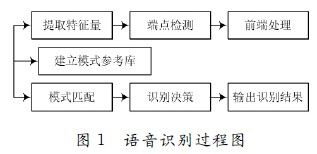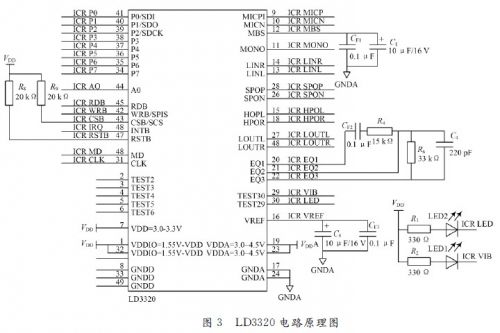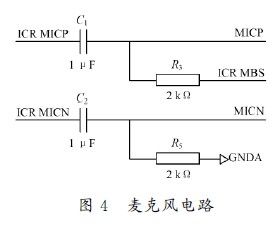0 Preface
Traditional human-computer interaction has long relied on complex keyboards or buttons. However, with the rapid development of technology, new interaction methods have emerged, offering users a more intuitive and convenient experience. Among these, speech recognition-based human-computer interaction has become one of the most promising technologies in recent years. Despite its potential, speech recognition algorithms are typically complex and computationally heavy, often requiring powerful computers to run efficiently. Even in embedded systems, most solutions require high-performance processors like ARM or DSP, along with external memory resources such as RAM and FLASH, which increases system costs. These limitations hinder the widespread adoption of speech recognition, especially in resource-constrained environments.
The core of this system is the Atmel ATMEGA128 microcontroller, while the voice recognition function is handled by the ICRoute LD3320 single-chip solution. The LD3320 integrates an optimized speech recognition algorithm that eliminates the need for external memory components like FLASH or RAM, enabling non-specific speech recognition directly on the chip.
1 Overall Design
1.1 Principle of Speech Recognition
In computer systems, the dynamic and continuous nature of speech signals makes them challenging to process. Most modern speech recognition technologies are based on statistical pattern recognition theory. As shown in Figure 1, the process involves two main stages: training and recognition.

The first stage, training, involves extracting speech features from user input. This usually requires multiple iterations to build a reliable model. In the second stage, the system compares the extracted features with those stored in a model library to identify the best match, completing the recognition process.
2 Hardware Circuit Design
The overall hardware architecture is illustrated in Figure 2. The system consists of a main controller circuit and a speech recognition module. The ATMEGA128 manages the LD3320, processes the audio output, and controls connected devices via a communication bus.

2.1 Controller Circuit
The ATMEGA128, developed by Atmel, is a high-performance 8-bit microcontroller featuring 128 KB of FLASH, 4 KB of SRAM, and 4 KB of E2PROM. It uses a RISC architecture, making it efficient for various embedded applications. Its low power consumption and rich peripherals make it ideal for a wide range of control systems.
2.2 LD3320 Speech Recognition Circuit
The LD3320 is a highly integrated speech recognition chip that includes built-in A/D and D/A converters, microphone interfaces, and speaker outputs. It supports MP3 playback and does not require external memory or additional chips. This allows seamless integration into products for voice recognition, voice control, and human-machine interaction.
Figure 3 shows the schematic of the LD3320 circuit. It communicates with the MCU via the SPI bus, with a maximum clock speed of 1.5 MHz.

The microphone circuit is shown in Figure 4. Audio output can be achieved by connecting speakers to the SPOP and SPON pins. When using SPI mode, the MD pin should be set high, and SPIS low. The SPI bus includes SDI, SDO, SDCK, and SCS pins. The INTB pin triggers an interrupt when a recognition result is available or when MP3 data is insufficient, signaling the MCU to take action. The RSTB pin is the reset line, active low. LEDs LED1 and LED2 serve as power indicators.

 [1] [2]
[1] [2]

Hsd Connector,Hsd Shielded Connectors,Automotive Hsd Rf Connectors,Sd Lvds Plug Connector
Changzhou Kingsun New Energy Technology Co., Ltd. , https://www.aioconn.com